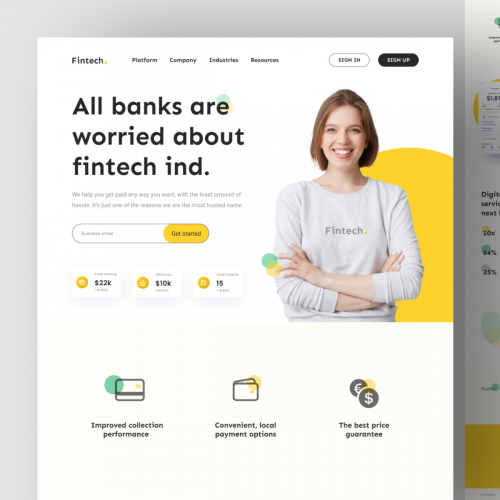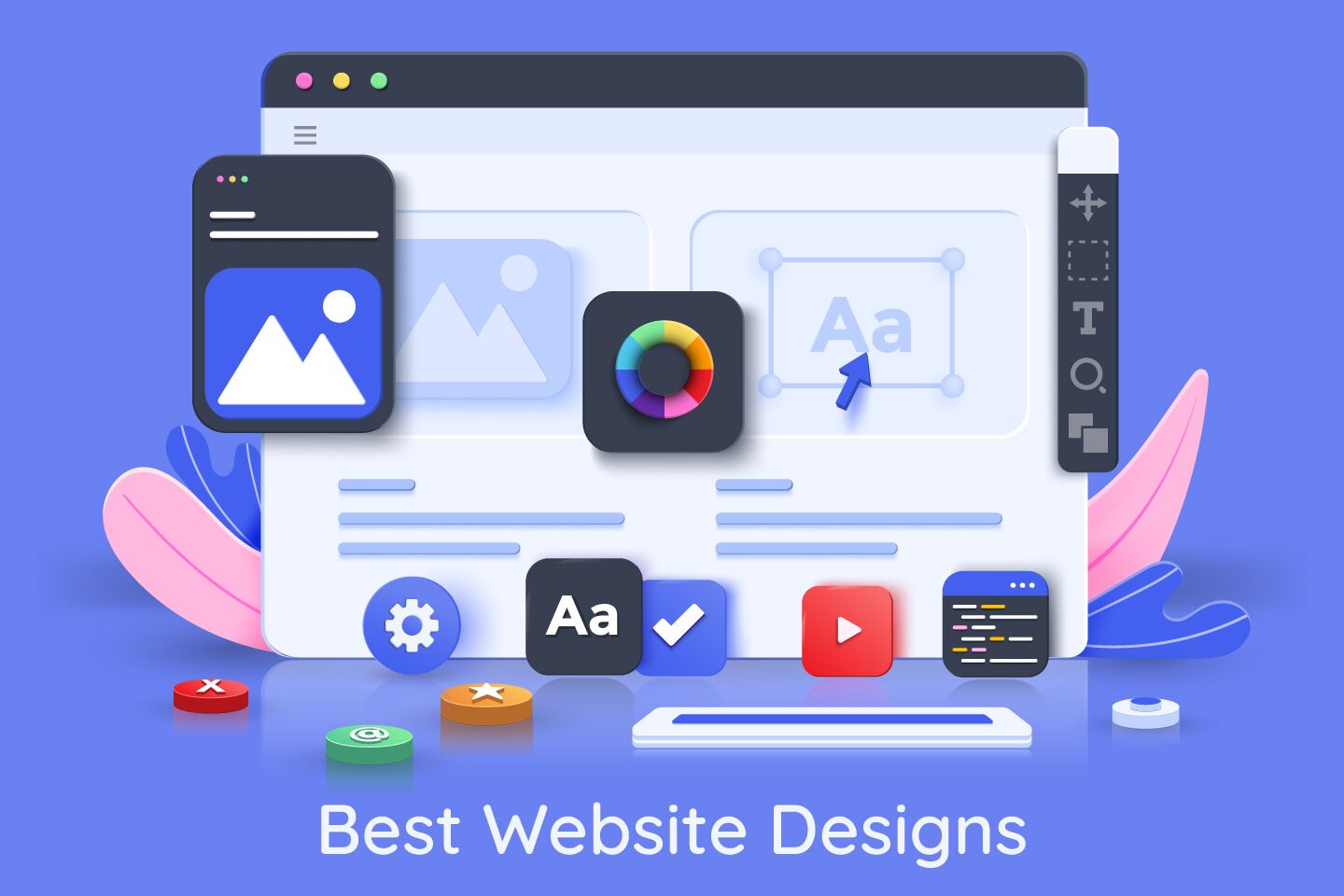Top Tips for Developing an Impactful Web Site Style That Transforms
In today's digital landscape, the significance of an impactful site design can not be overstated, especially when it concerns transforming visitors right into clients. To achieve this, one should consider a range of elements, consisting of comprehending the target market, prioritizing customer experience, and maximizing for mobile platforms. In addition, the strategic use engaging call-to-actions and a well-defined visual pecking order plays an essential role in assisting individuals with their trip. As we check out these important aspects, it ends up being apparent that the success of your web site pivots on more than just visual appeal; it needs a thoughtful approach to design and functionality.

Understand Your Target Market
Recognizing your target audience is fundamental to effective site layout, as it lays the foundation for producing an engaging individual experience. Determining that your customers are, including their demographics, preferences, and habits, makes it possible for developers to tailor the site's content, format, and performance to meet particular needs.
Conducting complete market study is important in this procedure. Studies, meetings, and analytics can offer beneficial understandings into customer assumptions and pain points. By assembling this information, designers can develop user personas that stand for various segments of the target market, guaranteeing that style choices are informed and appropriate.
In addition, understanding the target audience helps in selecting ideal design elements such as color plans, typography, and images that reverberate with individuals. An internet site that talks straight to its target market promotes a feeling of connection and count on, urging longer visits and higher conversion prices.
Inevitably, a user-centered approach to site design not only enhances user contentment however also sustains company purposes by driving involvement and commitment. By focusing on the needs and preferences of the target market, a web site can properly offer its purpose and attain wanted results.
Prioritize User Experience
To boost the overall performance of a website, prioritizing customer experience (UX) is vital (Website Design). A well-designed UX guarantees that site visitors can navigate the website easily, find info rapidly, and engage with content meaningfully. This causes raised customer contentment and greater conversion prices
Begin by carrying out user-friendly navigating. Menus ought to be rationally structured, permitting customers to locate essential areas of the website with marginal initiative. Uniformity in style aspects, such as color design and font styles, fosters experience, which is critical for keeping customer engagement.
Furthermore, take into consideration the packing speed of your website. A hold-up of just a few secs can lead to considerable drop-offs, as customers are less likely to await a slow-loading web page. Improving pictures and maximizing code can enhance performance and retain site visitors.
By focusing on user experience, you not only create a much more enjoyable atmosphere for site visitors yet likewise enhance your brand's trustworthiness. Eventually, an emphasis on UX is a financial investment in the long-term success of your web site.
Optimize for Mobile Tools
Maximizing for smart phones is critical in today's digital landscape, where an enhancing number of customers accessibility web sites through smartphones and tablet computers. A mobile-friendly style not only boosts individual experience yet additionally plays a significant function in improving internet search engine positions. To accomplish this, it is important to take on a responsive design that immediately adapts to different screen dimensions and orientations.

Packing speed is another crucial variable; mobile individuals are generally much less client and anticipate quick accessibility to info. Optimize pictures and leverage web browser caching to improve efficiency. Examination your internet site on numerous gadgets and display resolutions to identify and remedy any prospective use concerns. By focusing official statement on mobile optimization, you guarantee that your site remains affordable and effectively engages a more comprehensive audience.
Use Engaging Call-to-Actions
An internet site's effectiveness typically depends upon its capacity to guide visitors toward preferred activities, making engaging call-to-actions (CTAs) crucial components of design. CTAs function as the critical factors that guide customers to involve with the website, whether that suggests making a purchase, enrolling in a newsletter, or downloading a resource.
To produce effective CTAs, clarity is paramount. Use succinct language that plainly communicates the action you desire the customer to take.
In addition, think about using directional signs, such as arrowheads or images, to lead individuals towards these switches. By focusing on these components, services can considerably boost individual interaction, driving conversions and ultimately accomplishing their internet site's objectives.
Emphasis on Visual Power Structure
Reliable internet site layout depends greatly on a well-structured aesthetic hierarchy that overviews users via content flawlessly. By organizing elements in a way that prioritizes details, designers can boost individual experience and facilitate decision-making. This involves using size, color, comparison, and spacing strategically to attract attention to the most crucial parts of a website.
The usage of larger font styles for headings and subheadings develops a clear distinction between various areas, allowing individuals to check content effortlessly. In addition, employing contrasting shades for switches and calls-to-action can capture individual interest and urge interaction. Whitespace is one more crucial component; it avoids mess and makes it possible for users to concentrate on crucial messages without disturbances.
Images and graphics ought to match the message while additionally sticking to the established pecking order, strengthening the total message (Website Design). Uniformity in design elements, such as color pattern and typography, additional reinforces the aesthetic power structure, making navigating intuitive

Conclusion
In final thought, efficient internet site design requires an extensive understanding of the target audience, prioritization of customer experience, and mobile optimization. Ultimately, a well-executed website design serves as a critical part in driving customer actions and attaining service objectives.